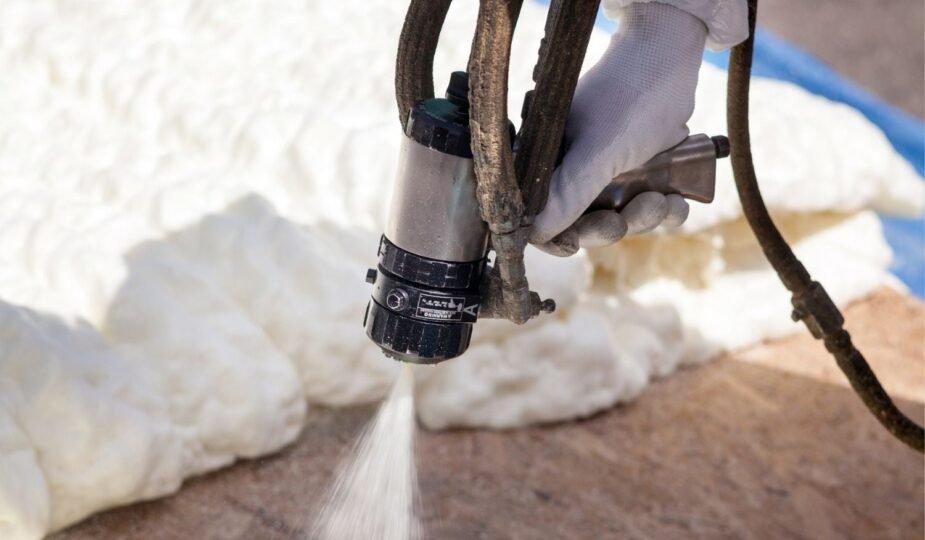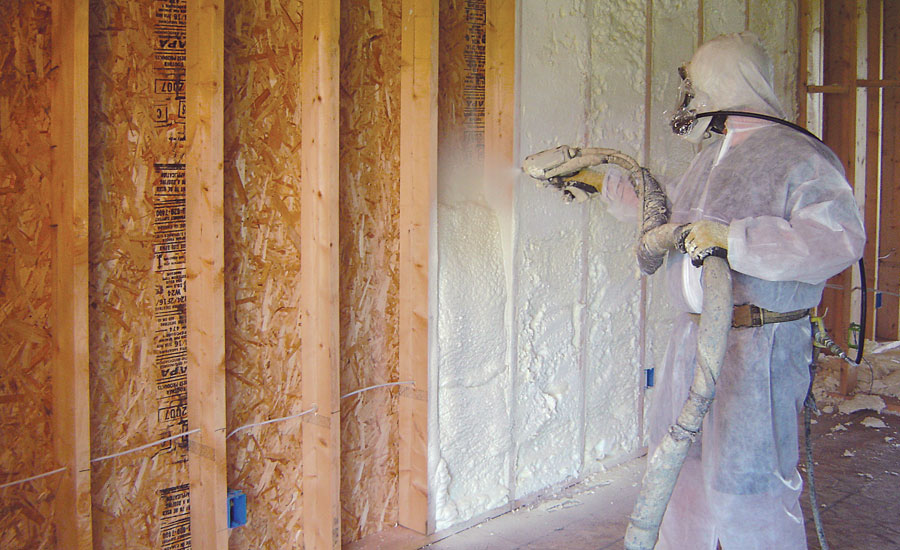
Prevent Mold Growth with Spray Foam Insulation: A Homeowner’s Guide in Texas
Everyone knows the dangers of mold and mildew in the home. Not only does it cause damage to your belongings, but it can also be a health hazard. Unfortunately, Texas is particularly susceptible to humidity which can lead to an increased risk of mold growth. The good news is that you can take steps to prevent this from occurring. One of the most effective ways to prevent mold growth in Texas is with spray foam insulation.
What Causes Molds?
Mold commonly occurs in areas where there is insufficient ventilation and insulation. This can include attics, basements, crawl spaces, or any other room of the house that does not have proper airflow. Poorly sealed windows and doors can also allow moisture to enter the home.
Molds are caused by moisture entering your home. This can be from rain, humidity, water leaks, or even condensation on cold surfaces inside the house. All of these sources of moisture can lead to an environment where mold can thrive and grow.
Dangers of Mold Growth in Your Home
Mold spores are a type of fungus that can cause allergies and other respiratory illnesses. Mold growth often leads to musty odors in the home as well as the growth of visible mold on walls, ceilings, floors, and furniture. Mold growth can also damage your belongings due to its corrosive nature.

What is Spray Foam Insulation?
Insulation that is applied to the walls and ceilings of your home with a spray gun is called spray foam insulation. It enlarges, fills up voids, and creates a solid air barrier between the interior of your house and the environment outside. It is composed of a mixture of two liquid components, polyurethane and isocyanate, which, when combined, undergo a chemical reaction that causes the mixture to expand and form a foam.
There are two main types of spray foam insulation:
- Open-cell – This type of spray foam insulation comprises small cells that create an air pocket throughout the entire material. It is less expensive and provides a low R-value, meaning it does not offer as much insulation as closed-cell foam.
- Closed-cell – This type of spray foam insulation has denser cells and creates an impenetrable barrier offering more insulation and protection against air and moisture infiltration.
How to Prevent Mold Growth with Spray Foam Insulation
When installing spray foam insulation, make sure it is correctly installed by a professional like iFOAM Greater North Fort Worth, Texas. This will ensure it is done correctly and completely sealed, providing the best protection against mold growth.
Spray foam insulation can be used in any area where there is a risk for mold growth. This includes attics, basements, crawl spaces, and any other area that may be susceptible to moisture infiltration. The spray foam insulation will seal the area, creating an airtight barrier and keeping the moisture out. It also provides ample insulation to keep your home cool during the summer months and warm during the winter.
Conclusion
Mold growth can be a serious problem in Texas due to its humid climate. Fortunately, you can prevent mold growth with spray foam insulation. Spray foam insulation is an effective and easy way to protect your home against mold growth and control the temperature and humidity. With the right steps and precautions taken, you will be able to enjoy a safe and healthy home all year round.









